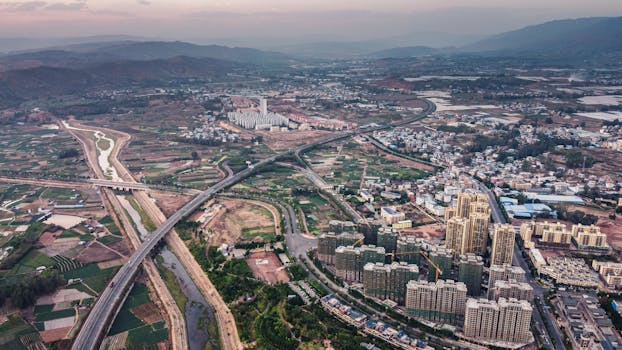Mapping the Fiber Landscape: Key Players and Projects Across Africa

Mapping the Fiber Landscape: Key Players and Projects Across Africa
Introduction to Fiber Optics in Africa
Fiber Optics and Connectivity are becoming increasingly crucial for Africa’s economic growth and development. The Focus Keyword Fiber Optics is essential for understanding the importance of this technology in the African continent. As the demand for internet and telecommunication services continues to rise, the need for reliable and high-speed connectivity has become a top priority. In recent years, the African continent has witnessed a significant surge in fiber optic infrastructure development, with key players and projects emerging across the region. This article aims to map the fiber landscape, highlighting the major initiatives and stakeholders driving growth and connectivity in Africa.
The development of fiber optic infrastructure in Africa is driven by the need to bridge the digital divide and provide access to high-speed internet services. According to the International Telecommunication Union (ITU), the number of internet users in Africa has increased significantly over the past decade, with over 460 million people now online. However, despite this growth, many parts of the continent still lack access to reliable and affordable internet services. Fiber optic infrastructure is seen as a key solution to addressing this challenge, providing the backbone for high-speed internet and telecommunication services.
Key Players in the African Fiber Optics Market
Several key players are driving the growth of fiber optics in Africa, including telecommunications operators, internet service providers, and infrastructure development companies. Some of the major players in the African fiber optics market include MTN, Vodacom, Safaricom, and Liquid Telecom. These companies are investing heavily in the development of fiber optic infrastructure, including undersea cables, terrestrial fiber networks, and data centers.
For example, Liquid Telecom has invested over $200 million in the development of its fiber optic network in East Africa, which spans over 20,000 kilometers. The company’s network provides high-speed internet services to businesses and individuals across the region, supporting economic growth and development. Similarly, MTN has launched a number of fiber optic initiatives across the continent, including the development of a 10,000-kilometer fiber network in South Africa.
Major Fiber Optic Projects in Africa
Several major fiber optic projects are currently underway in Africa, including the development of undersea cables, terrestrial fiber networks, and data centers. One of the most notable projects is the Africa Coast to Europe (ACE) submarine cable, which spans over 17,000 kilometers and connects 25 countries in West and Central Africa. The cable provides high-speed internet services to businesses and individuals across the region, supporting economic growth and development.
Another significant project is the Eastern Africa Submarine Cable System (EASSy), which connects eight countries in East Africa to the global internet backbone. The cable provides high-speed internet services to businesses and individuals across the region, supporting economic growth and development. In addition, a number of terrestrial fiber networks are being developed across the continent, including the Kenya-Uganda-Tanzania fiber optic network, which spans over 5,000 kilometers.
Conclusion and Future Outlook
In conclusion, the African fiber optics market is witnessing significant growth, driven by the need for reliable and high-speed connectivity. Key players and projects are emerging across the region, providing the backbone for high-speed internet and telecommunication services. As the demand for internet and telecommunication services continues to rise, the development of fiber optic infrastructure is critical to supporting economic growth and development in Africa.
The future outlook for fiber optics in Africa is promising, with a number of new projects and initiatives being launched across the continent. According to a report by ResearchAndMarkets.com, the African fiber optics market is expected to grow at a compound annual growth rate (CAGR) of 12.5% between 2020 and 2025, driven by increasing demand for high-speed internet services and growing investments in fiber optic infrastructure.